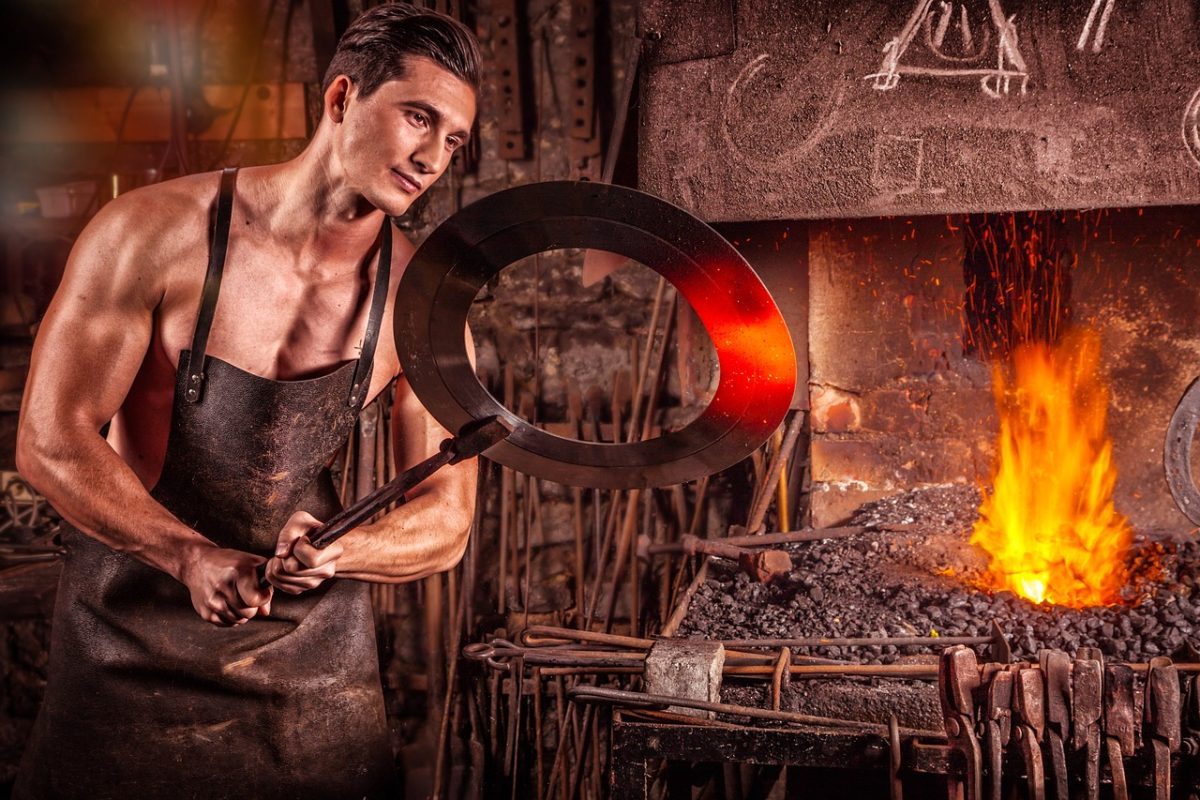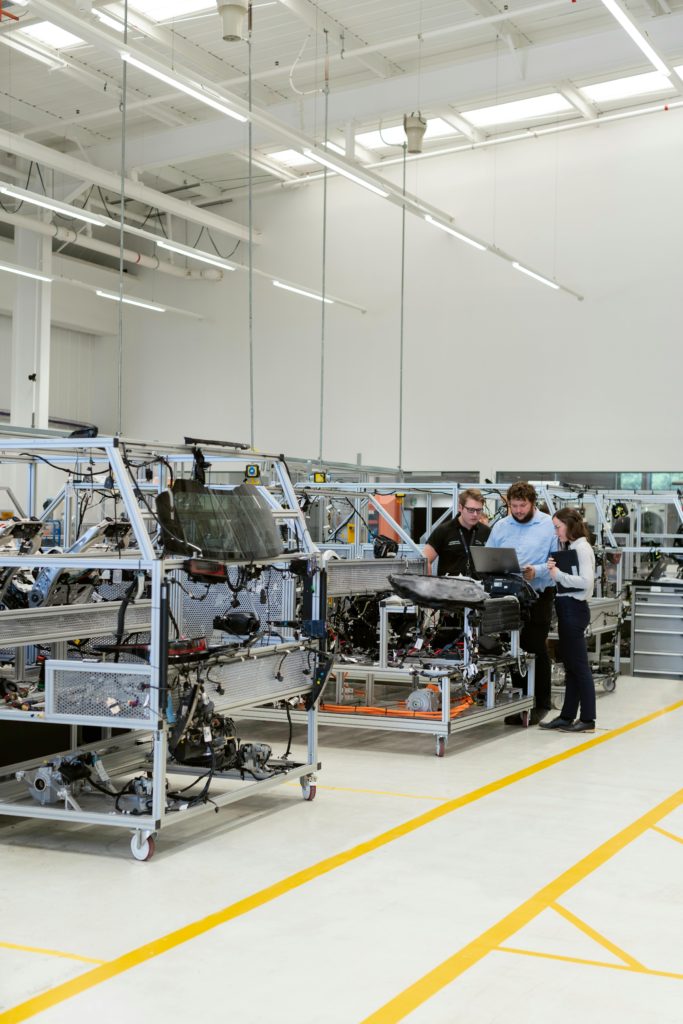Aluminum forging has emerged as a critical manufacturing process across various industries, offering superior strength, lightweight properties, and excellent corrosion resistance. These are also features that have made aluminum forging parts very popular in a range of industries. In fact, almost every industry is using aluminum forging parts. So, how will this forging do in the market?
In this guide, we’ll explore the adoption of aluminum forging in different industries, delve into the selection of aluminum forged parts, and discuss essential maintenance practices to ensure optimal performance and longevity.
But before that,
Why Is Aluminum Forging Growing Popular?
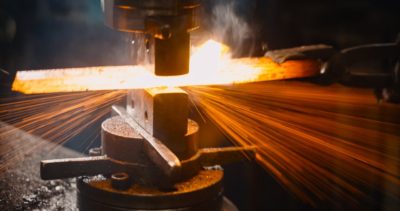
The popularity of aluminum forging can be seen from the growing adoption in almost every industry. The many benefits that the benefits that the forged aluminum parts offer are the reasons for this popularity. Here are just some of the major benefits of aluminum forged parts:
High Strength-to-Weight Ratio:
Aluminum forging parts exhibit exceptional strength relative to their weight. This makes them ideal for applications where weight reduction is critical, such as aerospace and automotive industries. Despite being lightweight, aluminum forged parts maintain robust structural integrity, enhancing performance and efficiency.
Excellent Machinability:
Aluminum is known for its excellent machinability, allowing for intricate shapes and complex designs to be forged with precision. This property enables manufacturers to create customized components tailored to specific applications, optimizing performance and functionality.
Enhanced Mechanical Properties:
Through the forging process, aluminum parts undergo plastic deformation, resulting in improved mechanical properties such as increased strength, toughness, and fatigue resistance. Forged aluminum parts exhibit superior mechanical performance compared to cast or machined components, ensuring reliability and longevity in demanding environments.
Cost-Effectiveness:
While aluminum forging may involve higher initial production costs compared to other manufacturing methods, the long-term benefits often outweigh the investment. The durability, strength, and lightweight properties of forged aluminum parts translate into cost savings over the product lifecycle, including reduced maintenance, lower fuel consumption (in automotive and aerospace applications), and improved overall efficiency.
Corrosion Resistance:
Aluminum naturally forms a protective oxide layer when exposed to air, providing inherent corrosion resistance. Additionally, aluminum forging parts can undergo surface treatments such as anodizing or coating to further enhance their corrosion resistance, making them suitable for use in harsh environments, including marine and outdoor applications.
Design Flexibility:
Aluminum forging offers design flexibility, allowing for the creation of complex shapes and geometries that may be challenging or impossible to achieve with other manufacturing processes. So, this versatility enables engineers and designers to optimize component designs for performance, efficiency, and aesthetics, driving innovation across industries.
Reduced Tooling Costs:
Compared to processes like casting, aluminum forging often requires less expensive tooling and equipment. Additionally, the durability of forging dies allows for higher production volumes and longer tool life, resulting in lower overall production costs per part.
Major Industries Adopting Aluminum Forging Parts Today
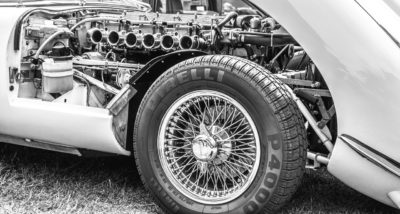
Several major industries continue to adopt aluminum forged parts for various applications, driven by the material’s exceptional properties and performance advantages. Here are some of the key industries leading the adoption of aluminum forged parts:
Aerospace:
The aerospace industry remains one of the primary adopters of aluminum forging parts. Aircraft manufacturers rely on the high strength-to-weight ratio of aluminum forged components to reduce overall weight, enhance fuel efficiency, and improve performance. Critical aircraft parts such as wing ribs, fuselage frames, landing gear components, and engine mounts are often forged from quality aluminum alloys to meet stringent safety and performance standards.
Automotive:
In the automotive sector, the demand for lightweight materials to improve fuel economy and reduce emissions has led to increased adoption of aluminum forged parts. Engine components, transmission parts, suspension components, and structural elements benefit from the weight savings and strength of aluminum forged parts. As automakers strive to meet regulatory requirements and consumer expectations for efficiency and performance, aluminum forging continues to play a significant role in vehicle design and manufacturing.
Defense and Military:
Military and defense applications require materials that offer both strength and durability in demanding environments. Aluminum forging parts, including those made from super alloys, are widely used in defense equipment, vehicles, and weapon systems. From aircraft components and armored vehicles to naval vessels and munitions, aluminum forging provides the necessary strength and performance characteristics to meet the rigorous demands of military applications.
Marine and Maritime:
The marine industry relies on aluminum forging parts for various marine applications, including boat building, shipbuilding, and offshore structures. Aluminum’s corrosion resistance, combined with the high strength of forged components, makes it well-suited for marine environments where exposure to saltwater and harsh conditions is prevalent. Boat fittings, hull structures, propeller shafts, and other marine components benefit from the lightweight and corrosion-resistant properties of aluminum forged parts.
Sporting Goods and Recreation:
Sporting goods manufacturers and recreational equipment producers increasingly utilize aluminum forged parts for products ranging from bicycles and golf clubs to camping gear and outdoor equipment. The lightweight nature of aluminum-forged components enhances performance and maneuverability in sports equipment while ensuring durability and longevity in outdoor recreational gear. Additionally, the ability to create complex shapes and designs through aluminum forging allows for innovative product designs and improved functionality in sporting goods and recreational products.
Selection Tips For Aluminum Forging Parts
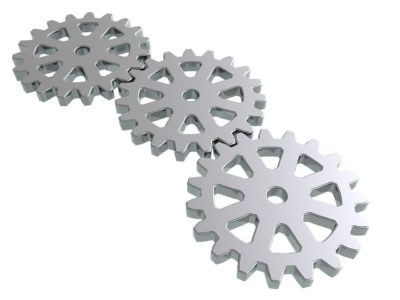
Selecting the right aluminum forging parts involves careful consideration of various factors to ensure optimal performance, durability, and cost-effectiveness. Here are some key selection tips to guide the process:
Application Requirements:
Before selecting aluminum forging parts, thoroughly assess the application’s demands. Consider load-bearing capacity, operating conditions, and functional requirements to guide material selection. Evaluate environmental factors to ensure the chosen alloy offers optimal performance and durability in its intended environment. Understanding these requirements is crucial for selecting the most suitable aluminum forged parts that will meet the application’s specific needs and deliver reliable performance over time.
Material Selection:
The choice of aluminum alloy is critical for the performance of forging parts. Consider factors such as strength, corrosion resistance, and machinability when selecting from options like 6061, and 7075. Each alloy offers unique properties suited to different applications. By carefully evaluating these properties against the application’s requirements, you can ensure that the selected material will provide the necessary strength, durability, and functionality for optimal performance.
Forging Process:
Selecting the right forging process is essential for achieving the desired part characteristics. Options such as open-die forging, closed-die forging, and ring rolling offer distinct advantages in terms of efficiency, precision, and cost-effectiveness. Assess factors such as part complexity, production volume, and budget constraints to determine the most suitable forging method for your specific application needs. This decision will impact the quality, consistency, and overall success of the forging process.
Design Considerations:
Designing aluminum forging parts for manufacturability is crucial to optimize performance and cost-effectiveness. Consider factors such as draft angles, fillet radii, and parting lines to facilitate material flow during forging. By incorporating these design features, you can minimize the need for secondary machining operations, reduce production costs, and improve overall part quality and consistency.
Tolerance and Dimensional Accuracy:
Specify tolerance requirements and dimensional accuracy based on the application’s functional needs and assembly considerations. Ensure that the selected forging processes can achieve the required tolerances while maintaining efficiency and cost-effectiveness. By establishing clear dimensional requirements upfront, you can avoid costly rework and ensure that the final parts meet your specifications and performance expectations.
Surface Finish and Coatings:
Determine the desired surface finish and coatings based on the application’s requirements for corrosion resistance, wear resistance, and aesthetic appearance. Options such as anodizing, plating, painting, or powder coating can enhance the durability and functionality of aluminum forged parts in various environments. By selecting the appropriate surface treatments, you can prolong the lifespan of the parts and improve their overall performance and appearance.
Quality Assurance and Testing:
Implementing robust quality assurance measures is essential to ensure the integrity and reliability of aluminum forging parts. Conduct thorough material inspections, in-process monitoring, and final inspections to detect and prevent defects or irregularities that could compromise part performance or safety. Non-destructive testing techniques such as ultrasonic testing and magnetic particle inspection can help identify hidden flaws and ensure that the parts meet the highest quality standards.
Supplier Qualification:
Choose a forging supplier with a proven track record of delivering high-quality aluminum forged parts. Evaluate factors such as manufacturing capabilities, certifications, quality control processes, and customer service reputation to ensure that the supplier can meet your specific requirements and expectations. By partnering with a reliable and experienced supplier, you can minimize risks, streamline the procurement process, and achieve consistent, high-quality results.
Cost Analysis:
Conduct a comprehensive cost analysis to evaluate the total cost of ownership of aluminum forging parts. Consider factors such as initial production costs, tooling expenses, material waste, and total lifecycle costs to determine the most cost-effective solution for your application needs. By balancing cost considerations with performance requirements, you can maximize the value and return on investment of your aluminum forging parts while ensuring optimal performance and durability over time.
Maintenance of aluminum forging parts
For optimum performance and longevity, the maintenance of the aluminum forging parts is paramount. Proper maintenance starts with the correct of forged parts. Make sure that the machine or the parts are used in the conditions they are made for. Here are maintenance hacks that will help keep your aluminum forging parts in perfect condition for a longer:
Regular Inspection:
Implement routine inspections to detect signs of wear, corrosion, or fatigue in aluminum forging parts. This proactive approach helps identify issues early and prevent potential failures, ensuring continued performance and safety.
Cleaning Procedures:
Follow proper cleaning procedures using mild soap and water to remove contaminants from aluminum forging parts. Thorough rinsing and drying are essential to prevent corrosion buildup and maintain the parts’ integrity over time.
Protective Coatings:
Apply protective coatings or anodizing treatments to aluminum forging parts to enhance corrosion resistance and durability. This is ideal in harsh environments like marine or outdoor settings. Regular maintenance of these coatings is necessary to ensure long-term effectiveness.
Fatigue Monitoring:
Monitor for signs of fatigue or structural degradation, such as cracks or deformation, through regular inspection and testing. Non-destructive testing methods like ultrasonic inspection can help detect internal defects and ensure the integrity of aluminum forging parts under cyclic loading conditions.
Adherence to Maintenance Schedule:
Establish and adhere to a maintenance schedule for aluminum forging parts, including cleaning, inspection, and testing procedures. Consistent maintenance practices help extend the lifespan of the parts and ensure reliable performance over time, minimizing downtime and maintenance costs.
Conclusion
Aluminum forging adoption has been growing bigger every year as more industries go for lightweight parts. Motor vehicles, aeronautics, electronics, and many other industries are largely using forged aluminum parts. In addition, the numerous benefits that forged aluminum parts offer like lightweight, excellent heat transfer, and cheaper cost are reasons they are popular. However, you need to select the right parts and learn how to maintain them if planning to invest in aluminum forging parts. That’s how you ensure that you are getting value for money. With this guide, you definitely cannot go wrong.
